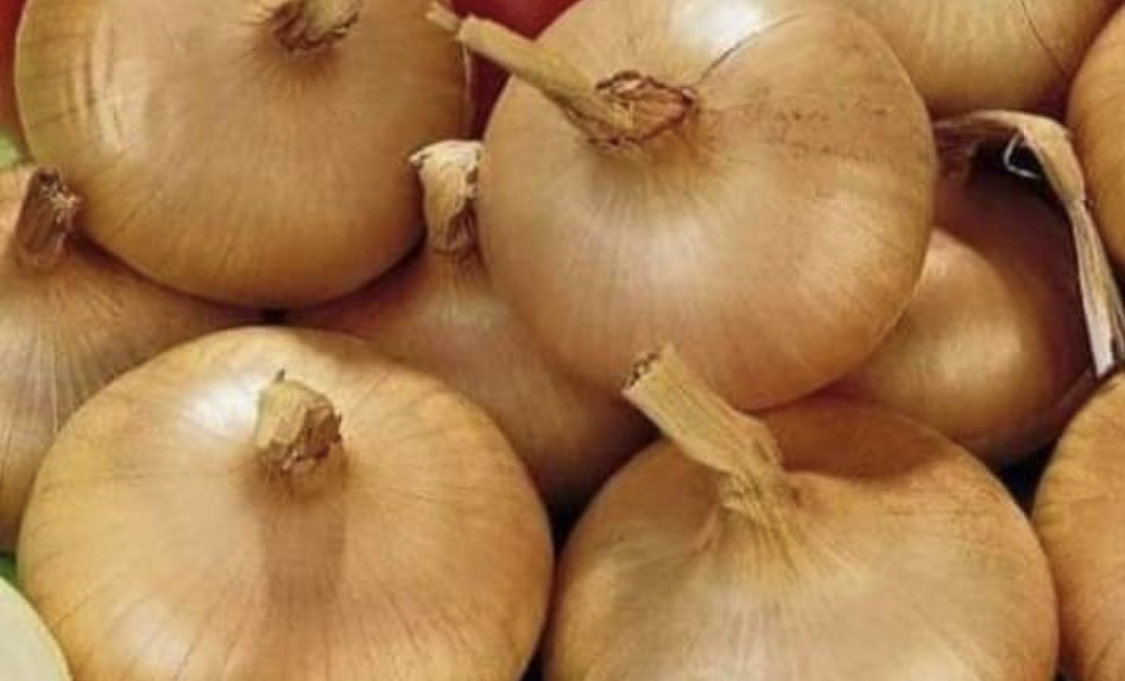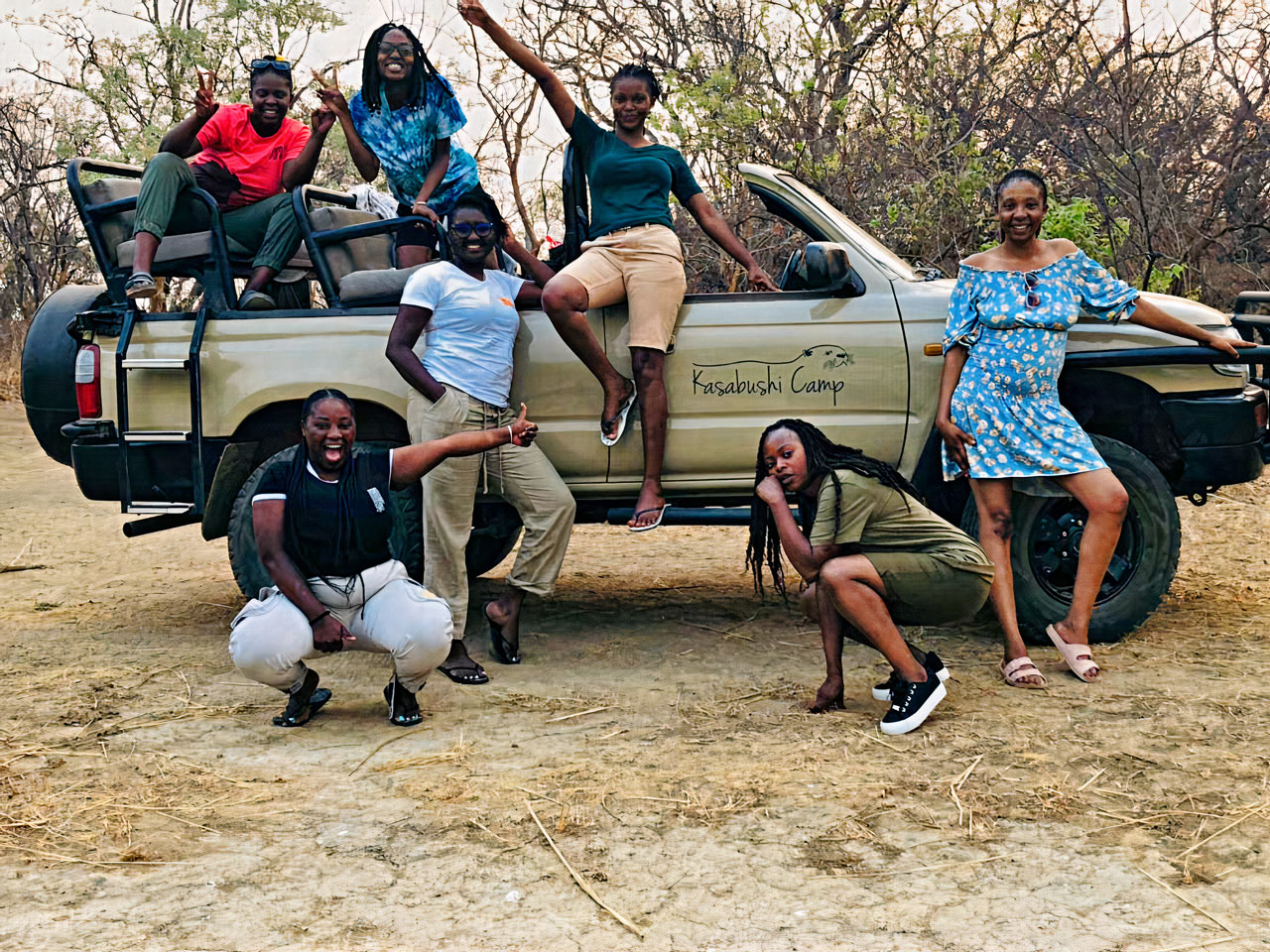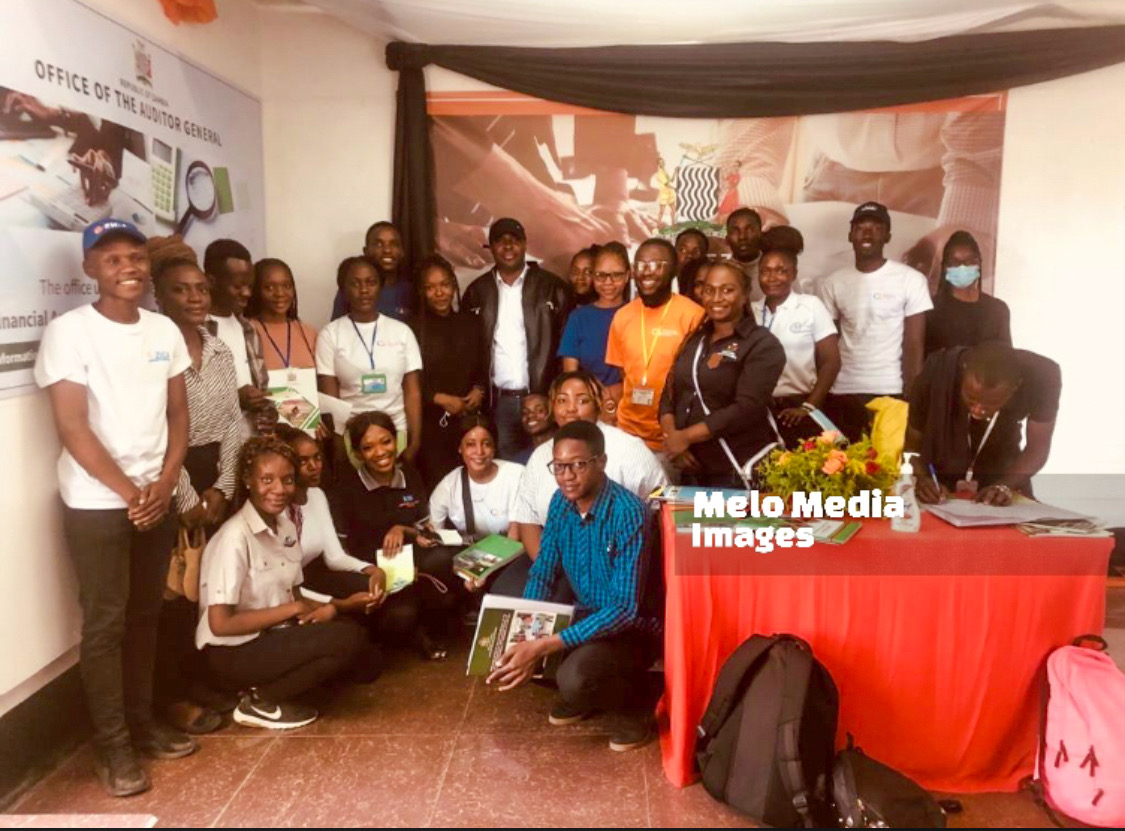When most people see big onions, they can never imagine growing them like that in a thousand years. This is because onion plants often fail to produce the large firm bulbs and are susceptible to a host of diseases. However, following a few simple tips can make a big difference in your harvest.
It all starts with whether you should start your crop with seeds, sets, or transplants as well as the varieties you should grow. Make sure you have the right onion. You need short day cultivars which include Hanna, San, Shahar, Red Creole and Texas Grano take between 220 and 230 days to mature.
- Start early
Onions need all the time you can give them. An early start is always beneficial, because the longer onion plants grow before they form bulbs, the bigger and better the onions will be.
2: Nitrogen
Most people think that because onions rare root vegetables, they require lots of phosphorus. However, each leaf the onion puts out is a ring on an onion, this means the more leaves, the bigger the onion. You want growth especially in the early stages so, nitrogen is the way to go.
- Avoid onion sets, start from seed
Onion sets are perfect for lazy farmers. They are already started and easy to plant. But, they might not give you the best results. The biggest problem with onion sets is that many onion growers will grow small onions, store them, and sell them as onion sets. Furthermore, onions are bi-annual – they flower on the 2nd year of growing. Therefore, when you grow them, they will flower that year. This unfortunately will not only reduce the storage time, but it will also reduce the amount of energy to enlarge the ball.
- Water frequently
Onions love water, because the more water, the more plump the onion can get. As much as you shouldn’t overwater, the soil should also never be allowed to get bone dry.
- Mulch
Mulching helps to eliminate weeds which steal nutrients and water from the onion. The weeds can also transmit viruses and diseases to the onion.
- Ensure you have good soil
Sandy loam soil is the ticket for large onions. When the onion is compacted in the soil, it leads to a pinched onion which reduce the size of the onion. However, a bulb that can freely expand in the soil is usually the biggest.
- Don’t harvest too quickly
Leave the onion plant till the tops become like paper. Sometimes, the tops die back, but the onions still continue to absorb water for up to 2 weeks. So, leave an onion in the ground till the tops fall over and become like paper














